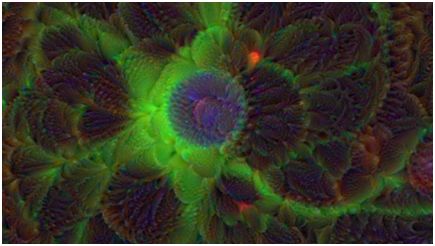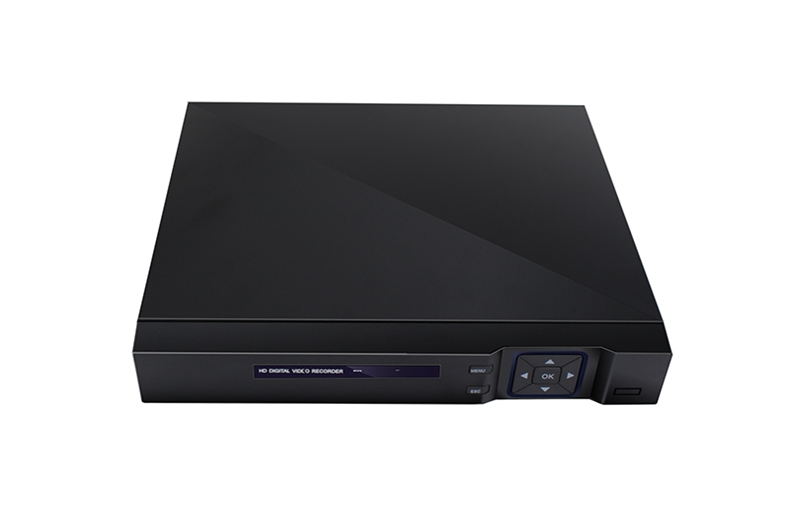Release date: 2018-04-17
Photomicrographs of fluorescently labeled cells are undoubtedly beautiful, but they require invasive, sometimes destructive or lethal experimental procedures to fluoresce. In a new study, in order to avoid this interference, researchers from the University of California, San Francisco and Google Inc. developed a computer program that distinguishes between different cell types and identifies subcellular structures. -- All of this does not require our eyes to visually observe the fluorescent probes that are relied upon. The results of the study were published online April 12, 2018 in the Cell Journal under the heading "In Silico Labeling: Predicting Fluorescent Labels in Unlabeled Images."

This image shows how the neural network program "thinks" which cell structures it can identify, from Dr. Finkbeiner/Gladstone Institutes, UCSF.
Margaret Sutherland, director of the National Institute of Neurological Disorders and Stroke, who did not participate in the study, said in a statement, "This approach has the potential to trigger changes in biomedical research."
Using a method called deep learning, these researchers designed a neural network, a computer program that mimics the brain, using data to identify patterns, form rules, and apply these rules to new ones. Information.
Google’s Accelerated Science software engineer said in a press release, “We show two sets of matching images of the same cell to this neural network (one set of fluorescently labeled cell images, another A group of cells that have not been fluorescently labeled) is trained. We repeated this process millions of times. Then, when we gave this neural network, we did not observe the unfluorescently labeled cell pictures. It accurately predicts where the fluorescent markers are located."
By providing high quality cell images, this computer program is able to identify the nuclei in cells almost perfectly and correctly. It is also capable of distinguishing between dead and living cells, and discovering neurons in cell populations including astrocytes and immature dividing cells, and even distinguishing between dendrites and axons.
The researchers say that future research will focus on optimizing this neural network and improving it in certain tasks, such as picking out neuronal subtypes and finding axons in high-density cell cultures. Not very stable performance.
Source: Bio Valley
DVR 5MP, also called the Digital Video Recorder DVR 5MP/ Digital Video Recorder 5MP/ DVR CCTV 5MP/ DVR 5MP 4CH/ 5MP HD DVR/ 5MP DVR Security System, means that this Digital Video Recorder has 5 million pixels.
So what does 5MP pixels stands for?
The letter "M" means million, and the letter "P" means pix, so 5MP means 5 megapixels. MP refers to MegaPixel.Some cameras only display 1M, 3M, 5M, etc.,. more specifically speaking, 5MP means that the camera is set at 5 million pixels to take photos. By analogy, 3MP is 3 million pixels, and 16MP is 16 million pixels.
So does the pixel mean?
The pixel refers to the smallest unit in an image represented by a sequence of numbers.
The pixel is composed of the small aquares of an image. These small squares have a clear position and assigned color value in this image, and the color and position of the small squares can determine what this image looks like. We can regard the pixel as the indivisible unit or element in the entire image. The pixel is indivisible, which means it can't be cut into smaller units or elements because it exists as a single color grid. Each bitmap image contains a certain amount of pixels, which can determine the size of the image on the screen.
The pixel for the camera actually means the maximum pixel. Pixel is the unit of resolution. This pixel value only refers to the maximum effective resolution the camera supports.
For example, the resolution of 0.3MP is 640×480, 0.5MP is 800×600, 0.8MP is 1024×768 5" (3.5×5 inches), 1.3MP is 1280×960 6" (4×6 inches), 2MP is 1600×1200 8" (6×8 inches) 5" (3.5×5 inches), 3.1MP is 2048×1536 10" (8×10 inches) 7" (5×7 inches), 4.3MP is 2400×1800 12" (10×12 inches) 8" (6×8 inches), 5MP is 2560×1920 12" (10×12 inches) 8" (6×8 inches), 6MP is 3000×2000 14" (11×14 inches) 10" (8×10 inches), 8MP is 3264×2488 16"(12×16 inches) 10" (8×10 inches), 11MP is 4080×2720 20" (16×20 inches) 12" (10×12 inches), 14MP is 4536×3024 24" (18×24 inches) 14" (11×14 inches), and all these are the approximate dimensions.
When we measure the picture size in pixels, we need to specify its fixed resolution first, then we can convert the picture size to the actual size. For example, the commonly used resolution of the pictures in the web page making is 72, that is, 72 pixels per inch, and 1 inch is equal to 2.54 cm. Then, through conversion, we can know that each cm is equal to 28 pixels; another example is a picture with the size of 15x15 cm, which is equal to 420*420 pixels.
DPI means ** dots per inch
LPI means ** lines per inch
PPI means **pixels per inch

In conclusion, we should pick up the most suitable pixels when we choose the security cameras and DVRs.
DVR 5MP, Digital Video Recorder 5MP, DVR CCTV 5MP, DVR 5MP 4CH, 5MP HD DVR, 5MP DVR Security System
SHENZHEN SANAN TECHNOLOGY CO.,LTD , https://www.sanan-cctv.com